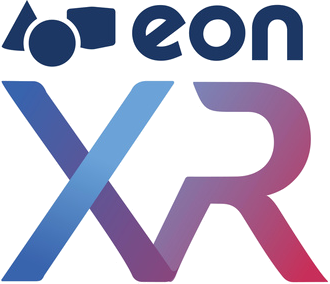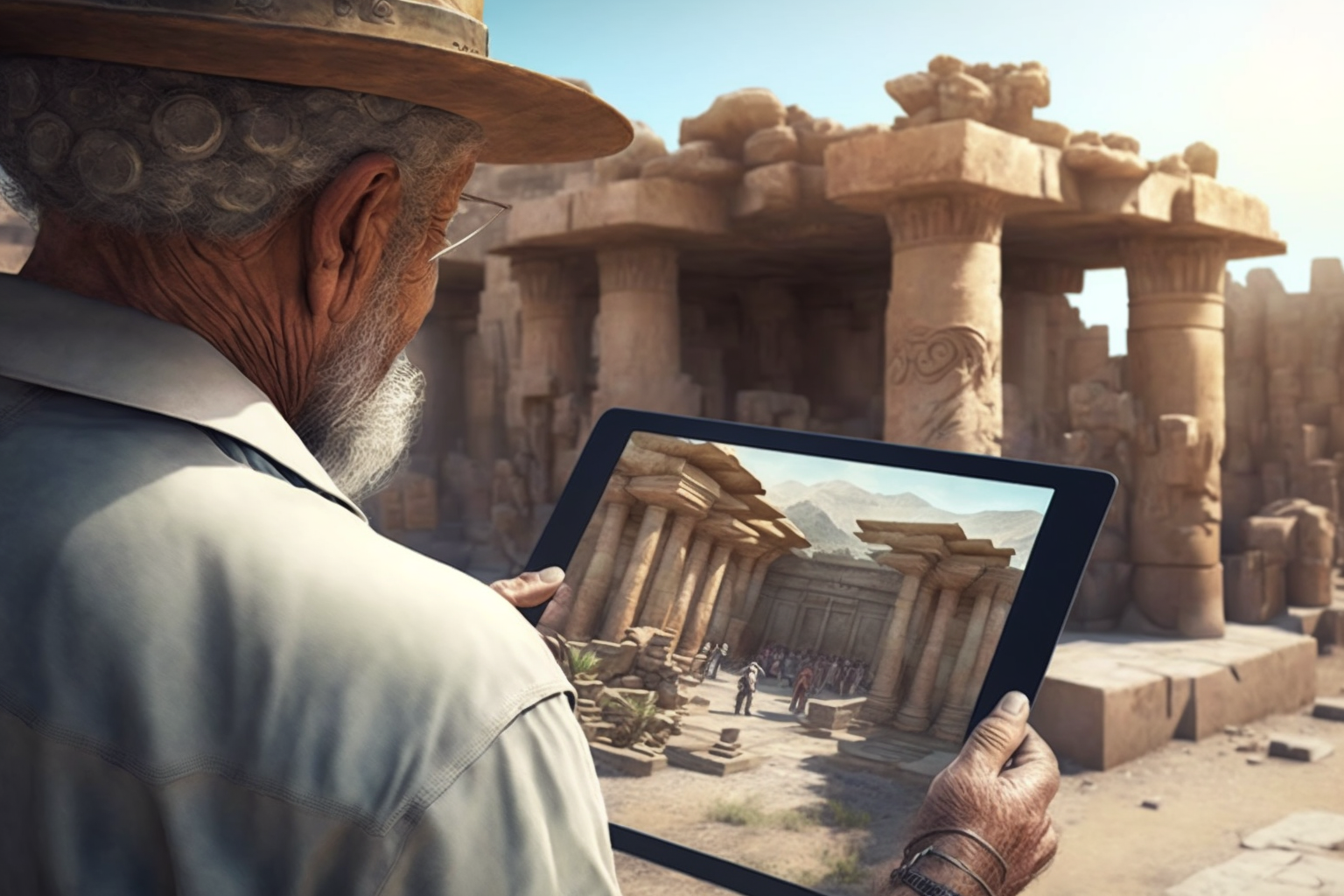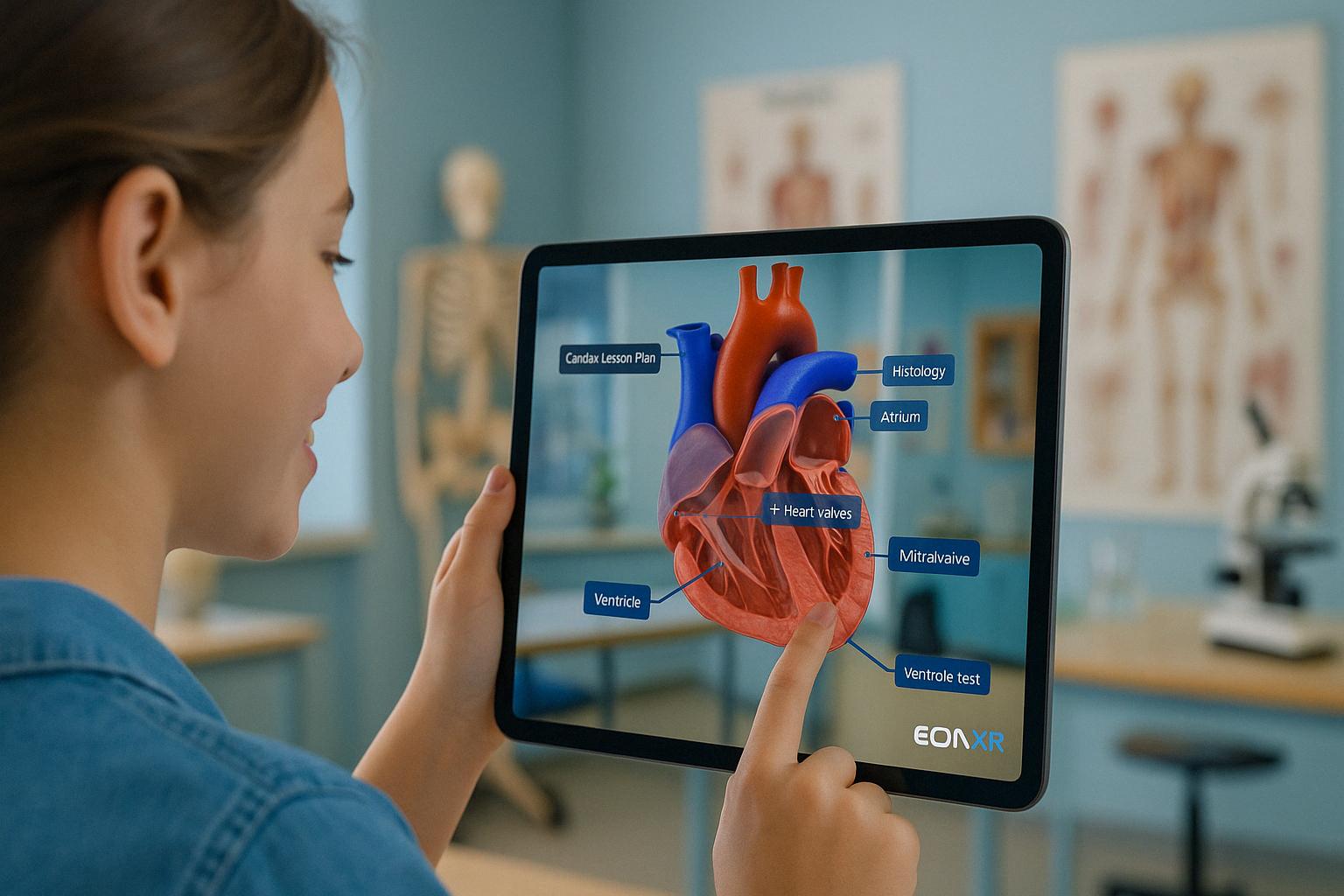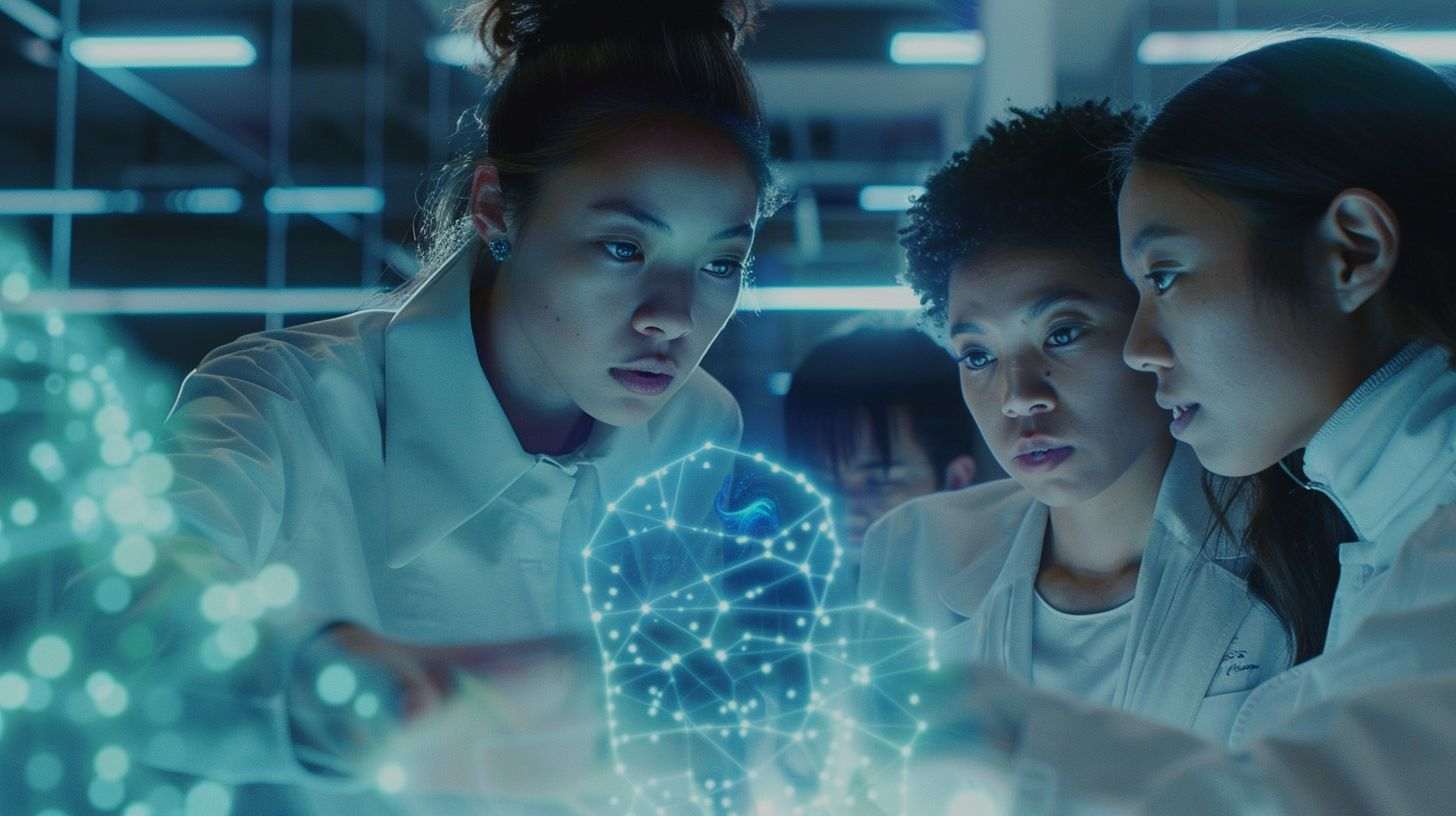Peter’s Pedagogical Corner
This week, Chief Learning Officer, Dr. Peter Looker investigates the role that AR and VR can play in helping students to learn faster and retain more information. Drawing from a strong body of research and his experience in transforming learning spaces at Nanyang Technological University, where he was Head of Teaching, Learning and Pedagogy, Peter puts across a robust case for integrating AR and VR in everyday learning experiences.
An everyday aspect of memory
Here’s a type of situation that is probably familiar to most of us. You are in the kitchen of your house and you think of something you want to get from the bedroom. On the way to the bedroom you think about other things, and when you reach it, you have completely forgotten why you came there.
Before you go on reading, think for a second what you do next to recover the memory. (I find some of my best understandings of student learning come from reflecting on and exploring these everyday quirks of the human brain.)
There are probably two things that intuitively we can do next. Either we re-imagine being in the kitchen, or better, we go back to the kitchen.
Why? And why do we intuitively know this?
What is context-dependent memory?
When we had the thought in the kitchen to go to the bedroom to fetch something, the kitchen environment is (unconsciously) coded into having the thought. So, when we reimagine the kitchen, or go back into it, the environment serves to cue the memory.
You can also think about what you do, in terms of visualization, when you have misplaced your keys. Again, you are trying to recreate a visual image of your environment and movements.
Psychologists call this context-dependent memory, or in the example that I have provided, environmental context-dependent memory. (There are different classifications of context-dependent memory: state-dependent, cognitive context-dependent, mood-congruent memory, for example)
The classic study of this phenomenon was undertaken by British psychologists Godden and Baddeley (1975) who discovered that recall for subjects who had learned words under water was better performed underwater than on land, and the reverse for those who learned on land. Since then, this idea of learning as context-dependent has been studied in many forms.
Steven Smith (1985) tested students in like and unlike environments with ambient sound – one group who had studied with Mozart in the background, one group with Milt Jackson playing, and one silent group. The students’ recall was tested in all variables, for example Mozart studied/Mozart tested, or Mozart studied/silence tested (and so on). Those whose test conditions were the same as the learning conditions significantly out-performed the unlike pairs. The most significant result, however, was that the silence/silence students performed worse than the Mozart/Mozart and Milt Jackson/Milt Jackson pairs. As Benedict Carey (2014) points out in his lively discussion of this experiment in “How We Learn”, even if we cannot pin down the exact nature of the cues that assist memory, what we do know is that contextual cues, such as music, light, background colour, matter in contextualising our learning.
The effects of the environment on learning and retention
In my own time at Nanyang Technological University in Singapore, back in 2011, when we were planning to change all of the “traditional” front-facing, seats-in-rows classrooms to collaborative learning spaces (of which the university now has 240) I argued that if environmental context-dependent memory had some influence on student learning, then because the old-fashioned classroom resembled nothing in the real world, it was likely that some of what was learned in that unique environment stayed there. We needed to plan spaces that had more congruence with students’ informal learning spaces and the real world.
How is AR and VR helping students to learn faster and retain more?
Of course, the implication of context-dependent memory in terms of Augmented and Virtual Reality is that immersive learning in simulated real-world contexts comes closer to harnessing our cognitive tendencies. Stefanucci, O’Hargan and Parffitt (2007) comment that a lot of research into environmental context-dependent memory focuses on isolating cues (such as the use of music) rather than looking at a more holistic environment. Instead, they tested context-dependent memory by creating a laboratory environment with a complex of cues as in a real-world setting, using what they call an Info-cockpit. What they found was a “substantially larger memory advantage” when students were presented with simulated real-world environments. They argue that “the combination of cues served to engage participants in the environments at encoding and provided a meaning to the environment that was more easily accessed later” (402).
We all of us experience examples of how context-dependent memory works in our daily lives. Visualisation of three-dimensional environments is a crucial part of this. The idea of environmental context dependent memory predates contemporary developments in Augmented and Virtual Reality, but it provides very strong support for considering the learning advantages of AR and VR.
What’s more, environmental context-dependent memory provides backing for the use of AR and VR to overcome the problem that many employers point to where graduates have a lot of theoretical knowledge that they do not know how to apply in real-world situations. Providing simulated real-world contexts “embodies” the knowledge, the way the kitchen in my first example “embodies” the thought of going to the bedroom to fetch something.
References
Carey, Benedict (2014) How we Learn: Throw out the rule book and unlock your brain’s potential. Random House. UK.
Godden, D.R. & Baddeley, A.D. (1975) “Context-dependent memory in Two natural environments” British Journal of Psychology 66 pp325-331
Smith, Steven M. (1985) “Background Music and Context-dependent Memory” The American Journal of Psychology 98 (4) pp591-603
Stefanucci, J.K., O’Hargan, S.R., & Proffitt, D.R. (2007) “Augmenting Context dependent memory” Journal of Cognitive Engineering and Decision Making. Winter pp391-404
Related
Role of AR and VR in Learning and Assessment
Looking to learn faster and retain more with AR and VR? With EON-XR, this is no longer a stretch.












